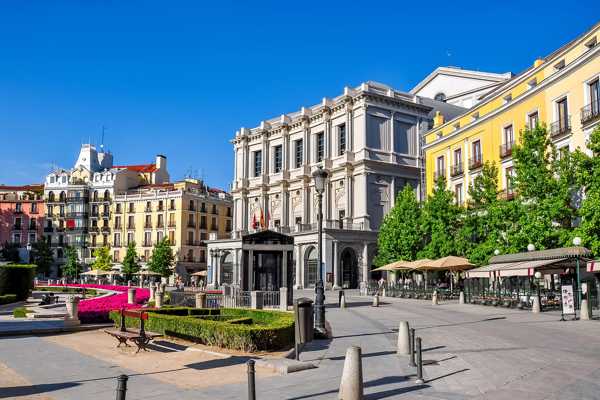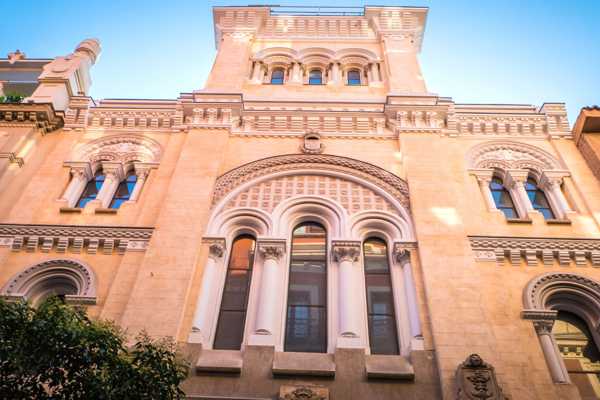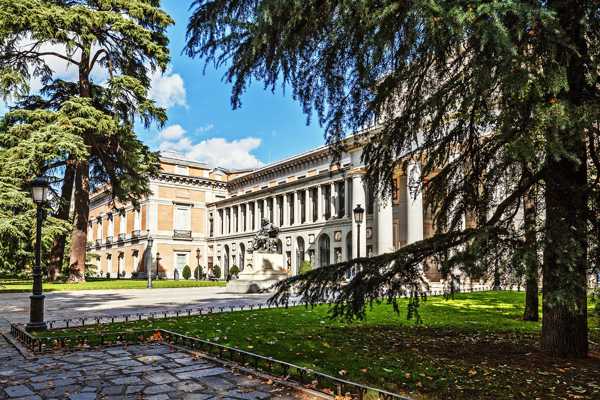Santiago Bernabéu Stadium is one of the largest stadiums in the country and home to Real Madrid. It has hosted quite a few legendary events in the past, including European Cup Champions League finals on 4 separate occasions. When you visit this stadium, you can not only see a game during football season, but you can also take the Bernabeu tour. This tour showcases the brilliant design of the stadium itself as well as memorabilia and information about the Real Madrid team.
The whole family can find fun visiting Santiago Bernabéu Stadium, as a game and the tour are perfect for adults and kids alike. Most people spend about an hour or so on the tour and several hours for a game. Ideally, you should strive to experience both during your visit to Madrid to get the full experience from this world-famous stadium.
Santiago Bernabéu Stadium in Madrid - one of the highlights of 15 Best Things to Do in Madrid and 8 Interesting Facts About Madrid (Read all about Madrid here)
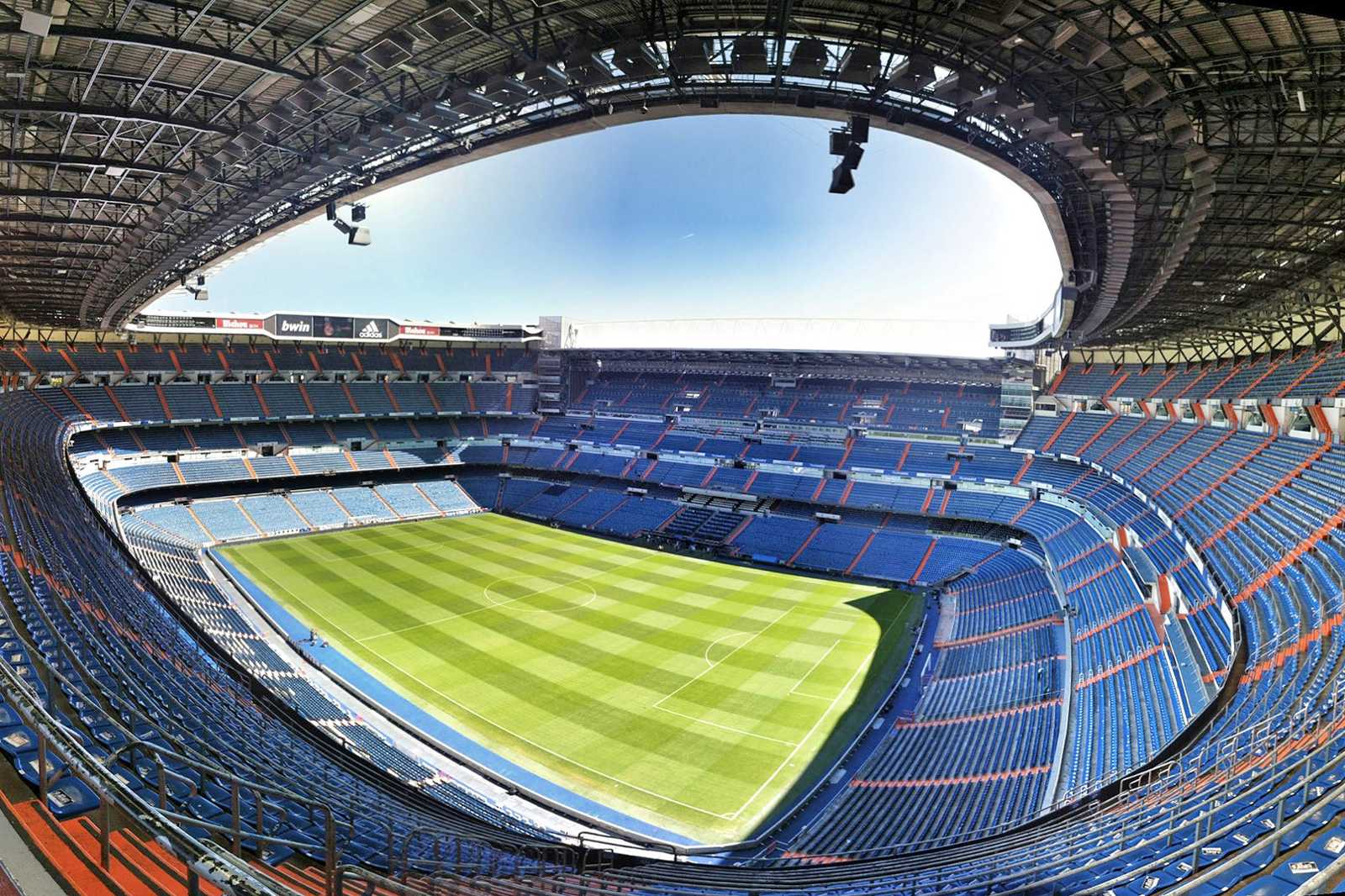
foto por Ungry Young Man (CC BY 2.0) modificada
What are the highlights of Santiago Bernabéu Stadium in Madrid?
One of the most impactful aspects of the Santiago Bernabéu Stadium is the Santiago Bernabéu Museum. Built within the stadium itself, you can learn all about Real Madrid's rich history along with the stadium itself and its innovative design. The tour features interactive screens that hold a wealth of information to explore, such as some of the top club moments of the last century. Several iconic artefacts from the club's history are also on display, like the 13 Champions League titles.
The Santiago Bernabéu Stadium itself is physically impressive with room enough for 80,000 spectators, including those in the 245 VIP boxes. Even with its special features and enormous space, the stadium is undergoing continuous improvements, such as adding more restaurants and shopping centres to the stadium itself and the surrounding area.
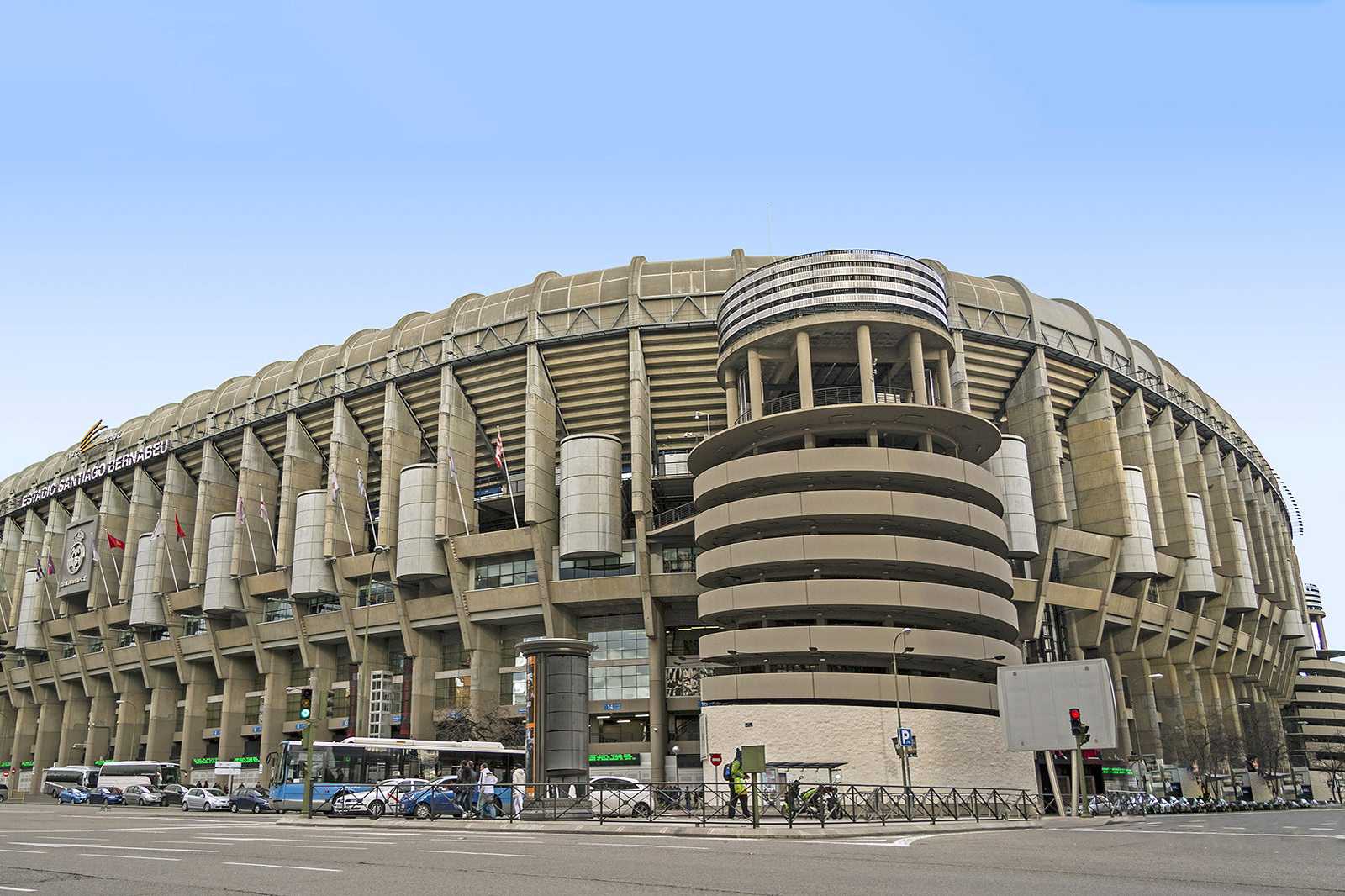
A brief history of Santiago Bernabéu Stadium in Madrid
Santiago Bernabéu Stadium is decades old, as it was inaugurated at the end of 1947 with a Real Madrid vs Os Belenenses match. At the time, the stadium only had a capacity of 75,145, and out of those, only 27,645 of them had seats. The rest were reserved for standing fans. During that first match, Sabino Barinaga made history by scoring the first goal in the new stadium.
In the decades following, Santiago Bernabéu Stadium expanded greatly. The first major renovation occurred not 10 years after the initial opening, greatly expanding the seating capacity. Afterwards, however, it would remain much the same until the 1980s when it hosted the FIFA World Cup. FIFA regulations required add-ons like covered seating, which architects Rafael Luis Alemany and Manuel Salinas achieved. The 1990s saw improvements in safety measures, and in 2007, the stadium hosted its 1,000th match.
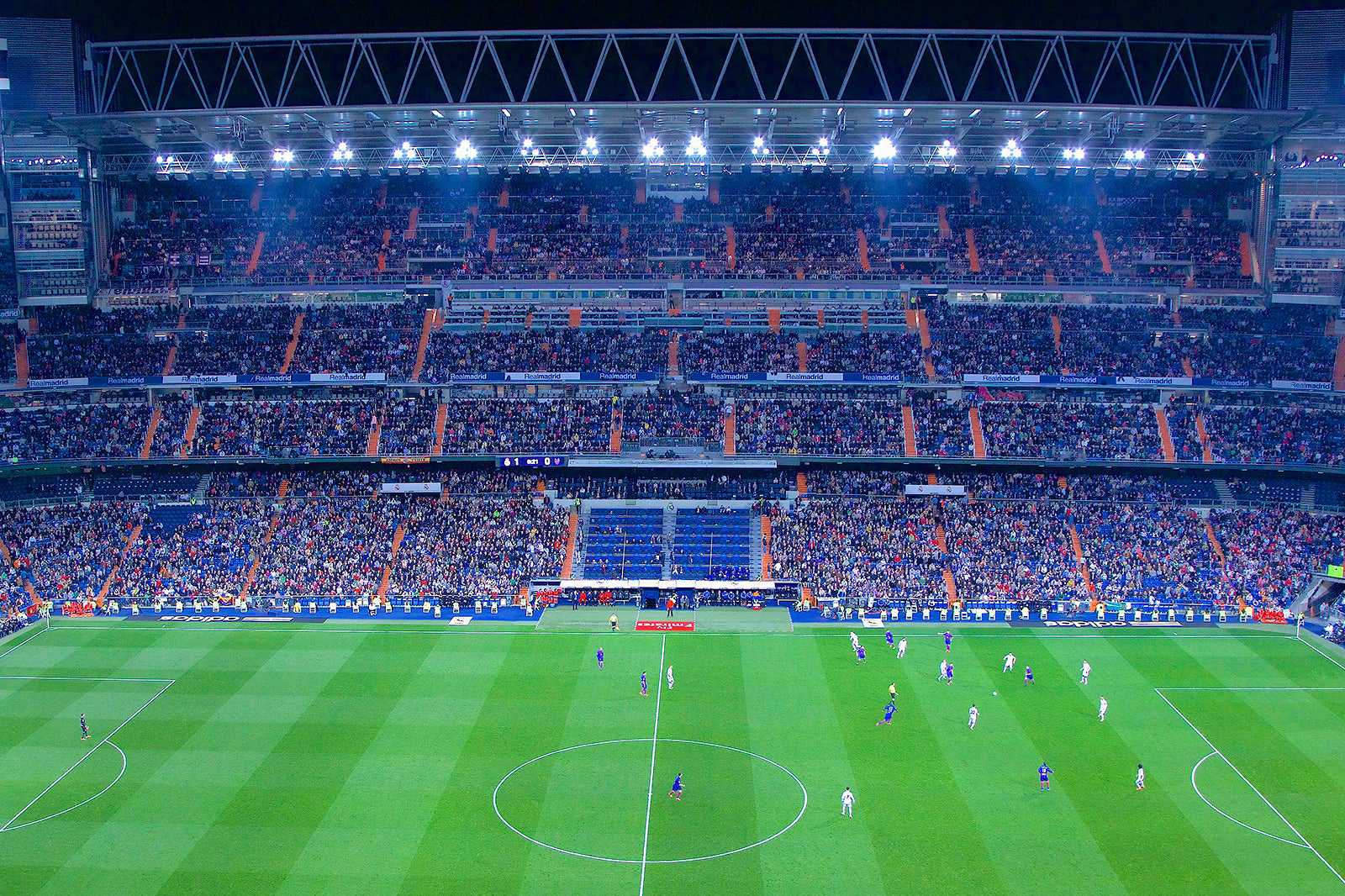
What else is good to know about Santiago Bernabéu Stadium in Madrid?
When you visit Santiago Bernabéu Stadium, there are a few things to keep in mind. You'll find that it's easy to fit this stadium into your schedule since it's open almost every day of the year. The only exceptions are Christmas Day and New Year's Day. The stadium is also generally accessible, but when they have renovations going on, you may find that some wheelchair access has been temporarily reduced.
When visiting Santiago Bernabéu Stadium, you'll find yourself close to several other attractions you may be interested in around Madrid. The stadium itself is located in the Chamartin district, so you'll find plenty of restaurants and pubs in the area if you're looking for a bite to eat or a drink. The Centro district is about 2 miles or so southwest, but the Santiago Bernabéu metro station makes it easy to get around the entire city.
Santiago Bernabéu Stadium in Madrid
Ubicación: Av. de Concha Espina, 1, 28036 Madrid, Spain
Teléfono: +34 913 98 43 00












